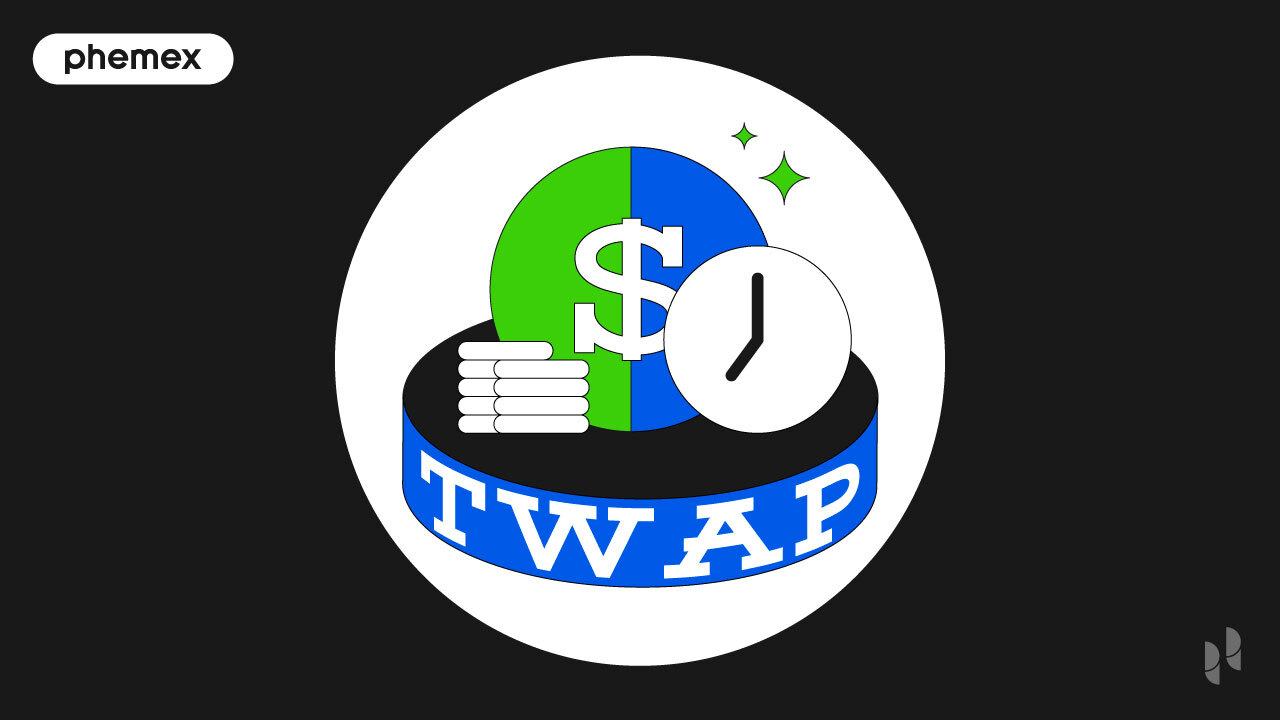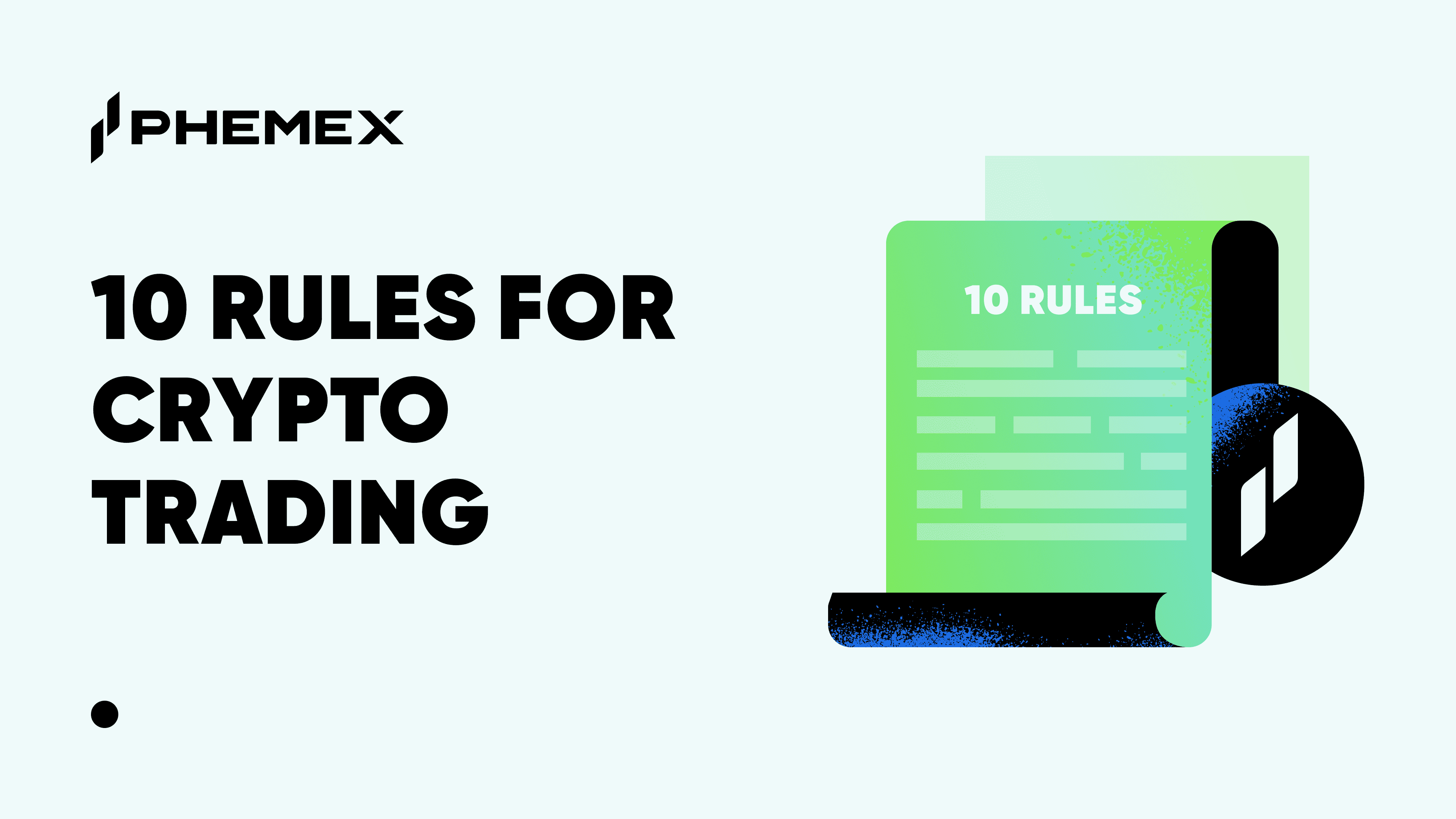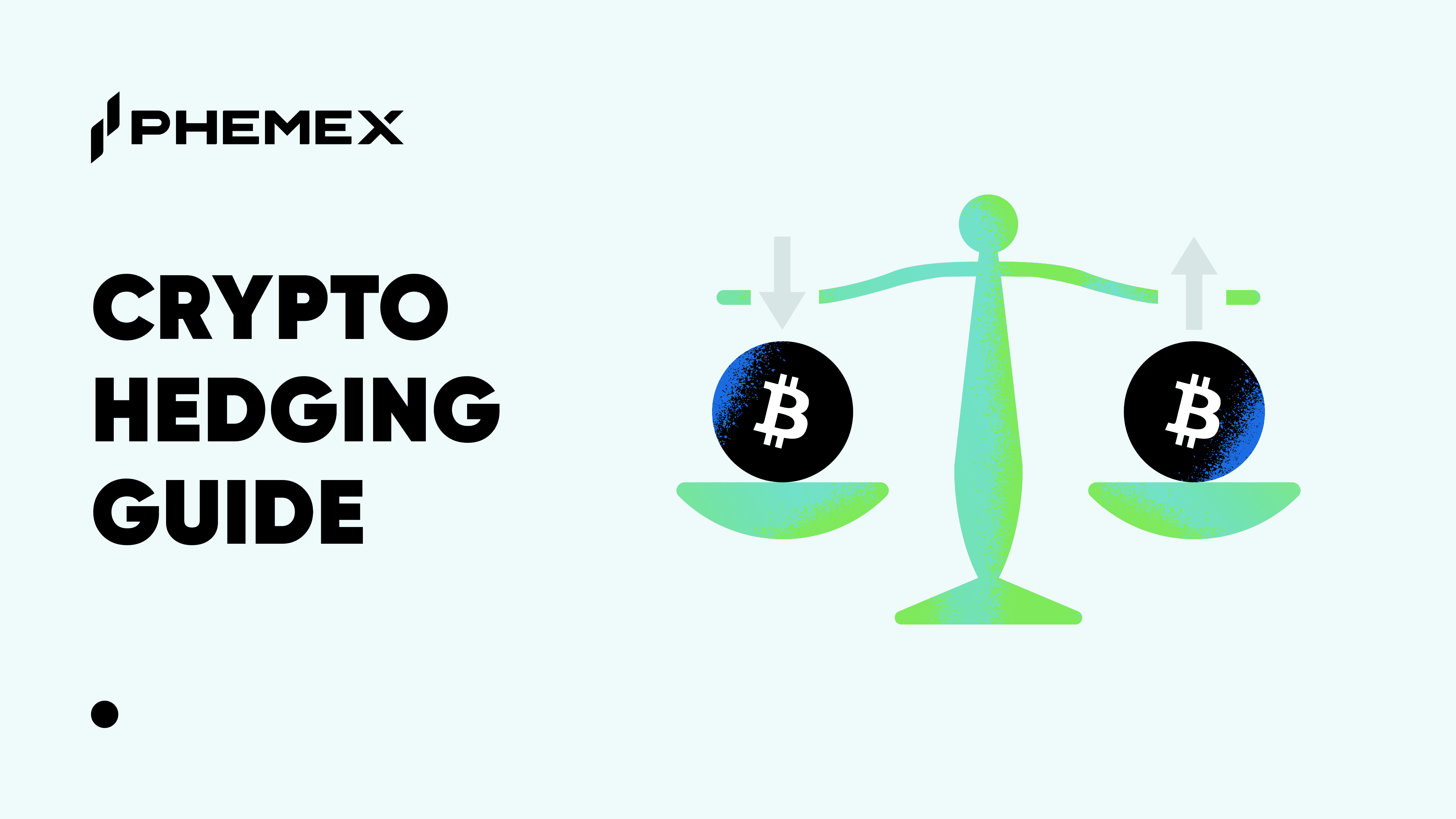Large institutional traders often place high-volume orders that have the potential to cause significant market volatility and disturbance. As such, these traders try to employ trading strategies aimed at decreasing the impact of their orders. They also frequently pursue strategies to hide their trading intent from their key competitors, other large-scale traders.
The time weighted average price (TWAP), and the trading strategy based on using TWAP, is a common method used by large institutions for these purposes.

What Is the Time Weighted Average Price (TWAP)?
TWAP is the average price of a financial asset over a certain period of time. The time period is chosen by the trader based on the market analysis and trading strategy adopted.
The typical way of calculating a TWAP for an asset is as follows:
1. Derive the average daily price for the asset by averaging its opening, daily high, daily low, and closing prices for that day. The image below shows the daily average prices for Bitcoin (BTC) (in Column F), with the first row showing the formula used in each row.

The average daily prices of Bitcoin for the period between November 1 and November 15
2. Derive the average of the daily averages over a certain period of days. In our example, we decided to calculate the TWAP for a 15-day period. The image below shows the final TWAP value (in cell F18) and the exact formula used for it.

The 15-day TWAP for Bitcoin for the period between November 1 and November 15
TWAPs are normally used to execute large-volume trades in smaller chunks without disturbing the market. Large-scale institutional traders track TWAP values and trade by dividing their orders into smaller parts to try and keep their orders as close to TWAP values as possible.
What Are the Benefits of TWAP-Based Trading?
The main benefits of using a TWAP strategy are:
- Lower likelihood of causing asset price volatility when placing large orders
- Ability to hide your market strategy from other large-volume traders
- Good strategy for those who prefer trading by placing frequent daily orders
- Applicability to algorithmic trading strategies
- The simplicity of the method
- Risk management
1. Avoiding causing asset volatility
Large-scale institutional traders can cause significant asset price volatility if they place large one-off orders for the assets of interest to them. By using the TWAP-based approach, they typically split their orders into smaller chunks. This helps minimize potential volatility in the market.
2. Hiding your intent from other large traders
Another reason for following the TWAP-based trading strategy is to hide your trading intentions from key competitors. Large institutional investors are always on the lookout for each other’s market moves. By following the TWAP-based trading strategy, they can mask, at least for a while, their intent for the target asset.
3. Suitable for frequent day trading
Some traders prefer the strategy of placing very frequent intra-day orders. TWAP may be a suitable approach for these traders. The simplicity of the TWAP calculation means that these traders may also minimize the likelihood of mistakes in trades, both those resulting from human error and those caused by applying overly-complex trading strategies.
4. Suitable for algorithmic trading
TWAP-based trading is very suitable for algorithmic trading. Algorithmic trading employs a number of trading techniques, TWAP among them, to automate orders. Algorithmic trading offers a number of benefits, such as automatically deriving the optimal time and volume for trades, a reduced risk of human error, and the ability to take a more “hands-off” approach to trading in general.
In addition to TWAP, some of the methods frequently used in algorithmic trading include trend trading, mean reversion, implementation shortfall, and the volume weighted average price (VWAP), a variation of TWAP covered below.
5. Simplicity
TWAP has a simple formula and may be easily calculated by any trader. This increases the general accessibility of this method. Even traders without access to complex analytical software may utilize TWAP.
6. Risk management
TWAP helps traders reduce the overall trading risk by splitting the total order into smaller pieces. If adverse market developments start to affect the asset, further orders may be cancelled or adjusted. Without chunking the order, traders expose themselves to higher risks associated with the asset.
This is especially relevant in the case of large-volume orders typically placed utilizing the TWAP strategy.
What Are the Limitations of TWAP-Based Trading?
The key limitations of a TWAP strategy are as follows:
- The TWAP formula concentrates on asset prices only and fails to take into account trading volumes
- Simplistic execution strategy that may be easily guessed by competitors
- Limited applicability to the needs of smaller-scale traders
1. Inability to account for trading volumes
The TWAP formula focuses on asset prices only, without taking into consideration the trade volumes for the asset. However, trade volumes may have a significant impact on an asset’s performance and volatility. Given that the primary goal of TWAP trading is to avoid causing market volatility, this is probably the biggest limitation of TWAP.
As covered in the next section, VWAP, a variation of TWAP, solves this limitation by taking volumes into account.
2. Simplistic execution that betrays the intent
TWAP’s simplicity offers a number of benefits, as stated above, but this simplicity is also a double-edged sword. TWAP is so simple and linear in its execution that competitors could easily guess your intent if they are attentive and analytical enough.
TWAP usually boils down to placing a number of equally-sized orders throughout a period of time. This linearity could easily give away your overall strategy with regard to the target asset.
A small-scale trader could get away with it, as no-one in the market would be interested in tracking their strategy. However, the very traders who love employing TWAP, the large institutions, have one thousand and one pairs of eyes on their trading moves, and may easily betray their trading intent by using TWAP.

3. Limited usefulness for smaller-scale traders
TWAP is not a method in the exclusive domain of large institutional traders, but it is mostly useful for their trading needs. It has a somewhat limited applicability to the majority of smaller traders and investors.
These smaller-scale investors, however, could still benefit from TWAP due to its simplicity, for example, in their day trading strategy or to automate trades via algorithmic trading. Yet, TWAP has found limited use among this crowd and is extensively used only by large institutional traders.
VWAP vs. TWAP: Key Differences and Similarities explained
VWAP is a variation of TWAP that takes into account not only the asset prices but also the trade volumes. Despite being related to TWAP, VWAP has a much more complex calculation method and is usually derived using analytic software.
Calculation Method
Unlike TWAP, VWAP is usually calculated only for one trading day and is used for intra-day trading strategies. An asset’s VWAP measure guides large-scale investors with regard to the best times and volumes to execute a trade during the day.
TWAP is often calculated for multi-day periods, such as 5, 10, 20, or 30 days. On the other hand, VWAP is typically calculated for short intra-day periods, such as 1, 5, or 30 minutes.
What are The Similarities?
VWAP and TWAP still share one important commonality – their main function is to guide large-scale traders on the best strategy for splitting larger orders into smaller pieces. Similar to TWAP, VWAP is a tool for these traders to execute orders without causing too much disturbance in the market.
VWAP provides more granular guidance for trades than TWAP. While TWAP may suggest the best time to execute an order, VWAP will additionally provide guidance on the best order volume.
For example, let’s assume that a large institutional investor wants to buy 1 million shares of some stock. TWAP may suggest that they execute the total buying process in four equal shares of 25% each, i.e., 250,000 shares per order. But VWAP may suggest that the first order of the day be for 40% of the total, i.e., 400,000 shares, and later on, the second order should be for 30%, and so on.

Conclusion
TWAP is a trading method used by large institutional traders to execute high-volume orders in smaller chunks. The key goals behind using TWAP are to avoid causing asset volatility as well as trying to hide your trading strategy from competitors.
TWAP trading offers a number of benefits beyond maintaining asset stability and flying under the radar of competitors. These include applicability to day trading with frequent orders, suitability for algorithmic trading, simplicity, and risk mitigation.
Along with its benefits, TWAP has some limitations. The key ones are the inability to account for trading volumes, simplistic linear execution that may alert competitors, and limited applicability to the needs of smaller-scale traders.
Smaller-scale traders may still benefit from using TWAP, particularly in the areas of day trading and algorithmic trading. However, TWAP has so far remained a method mostly employed by large institutions.
Read More
- VWAP Trading: How To Trade With The VWAP Indicator?
- What is High-Frequency Trading and How does HFT work?
- Wyckoff Accumulation & Distribution: How to Trade with the Wyckoff Method
- How To Trade Crypto With Multiple Time Frame Analysis
- What Is Market Timing: Trying to Find That Perfect Moment
- SMA Trading Strategies for Crypto Trading
- What Is Trend Trading: Following the Market When It Pays
- The TTM Squeeze Indicator: What Is It and How to Use It?









